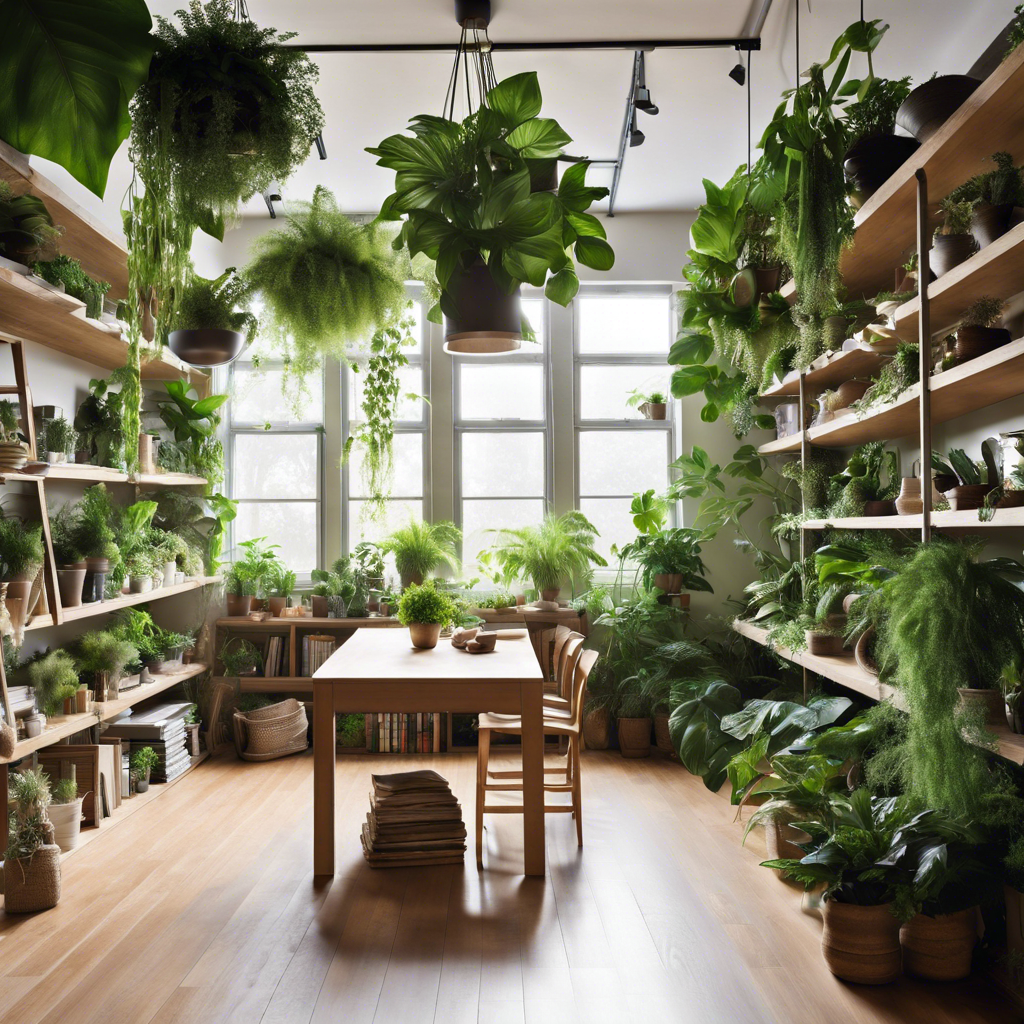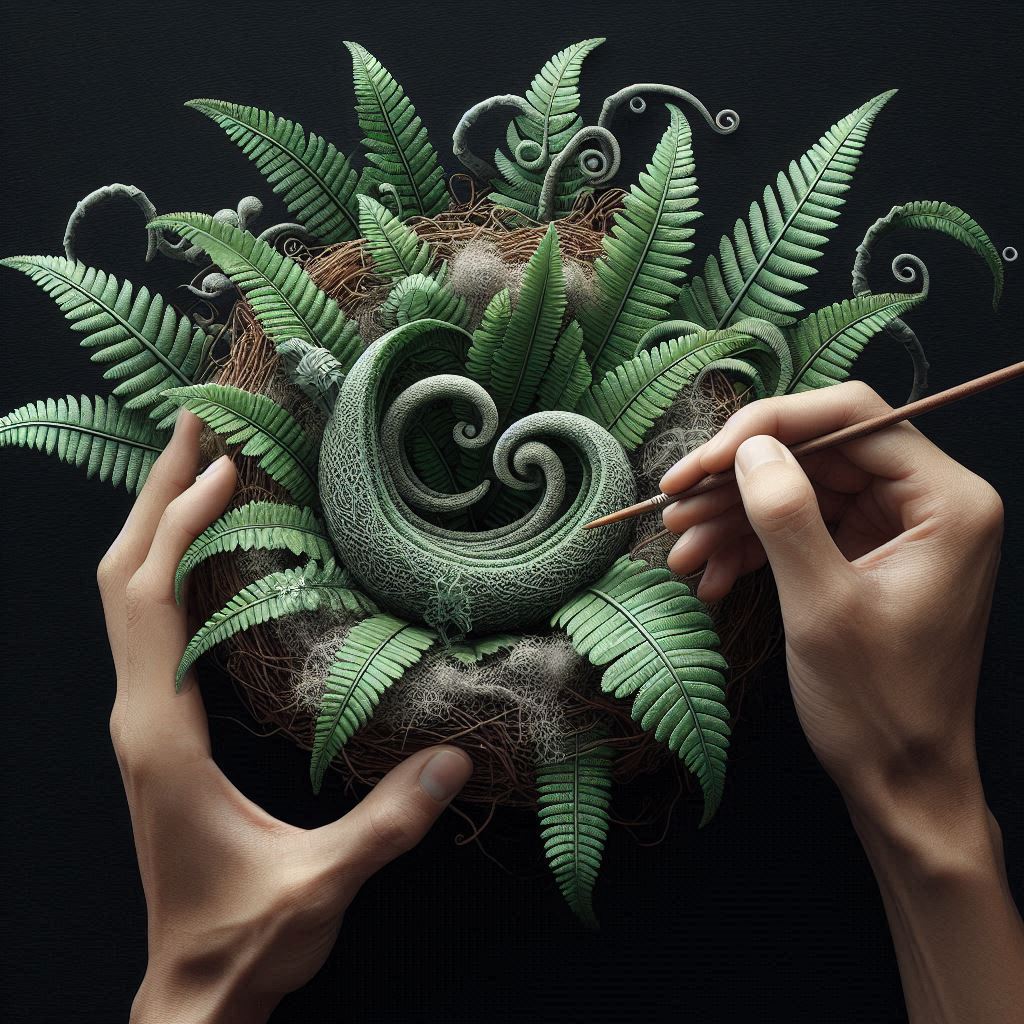
Indoor plants
Bird’s Nest Fern (Asplenium nidus) – A Complete Guide to Care and Growth


DINKAR
10/22/2024
Introduction
The Bird’s Nest Fern (Asplenium nidus) is a striking and unique houseplant that brings a touch of the tropics to any indoor space. Known for its rosette of glossy, bright green fronds that resemble a bird’s nest, this fern is not only visually appealing but also relatively easy to care for, making it a favorite among plant enthusiasts.
In this guide, we’ll explore everything you need to know about Bird’s Nest Ferns, including their characteristics, care tips, propagation methods, common problems, and the benefits of having them in your home. Whether you’re a seasoned plant parent or a beginner, this blog will help you successfully cultivate a thriving Bird’s Nest Fern.
1. What is a Bird’s Nest Fern?
The Bird’s Nest Fern, scientifically known as Asplenium nidus, is a tropical epiphytic fern native to the rainforests of Southeast Asia, Australia, and the Pacific Islands. Its name comes from its distinctive growth habit, where the leaves form a rosette that resembles a bird’s nest. The fronds can grow quite large, reaching lengths of up to 3 feet (90 cm) in optimal conditions, and they are known for their thick, leathery texture.
Asplenium nidus is primarily grown as a houseplant and is valued for its unique appearance and air-purifying qualities. Unlike many other ferns, it does not require a consistently moist environment, making it more forgiving for indoor cultivation.
2. Characteristics of Bird’s Nest Fern
- Frond Structure: The Bird’s Nest Fern has long, arching fronds that can be bright green or dark green, depending on the light conditions. The fronds are typically glossy and can have wavy or ruffled edges.
- Growth Habit: This fern grows in a rosette shape, with new fronds emerging from the center, resembling a nest. It does not produce true flowers but may occasionally produce small spores on the underside of mature fronds.
- Size: Indoor specimens can vary in size but generally reach 1 to 3 feet in height and width, depending on growing conditions.
3. How to Care for Bird’s Nest Fern
Caring for a Bird’s Nest Fern is relatively straightforward, but certain factors can affect its growth. Here’s a comprehensive guide to help you maintain a healthy plant:
A. Light Requirements
Bird’s Nest Ferns prefer bright, indirect light but can also tolerate low light conditions. Avoid placing them in direct sunlight, as this can scorch the leaves. A north or east-facing window is ideal. If you notice the fronds turning yellow, it may indicate too much direct sunlight.
B. Watering
These ferns prefer consistently moist soil but are susceptible to root rot if overwatered. Water your Bird’s Nest Fern when the top inch of soil feels dry. Use room temperature water and ensure that the pot has good drainage. During the growing season (spring and summer), they may require more frequent watering, while in fall and winter, watering can be reduced.
C. Humidity and Temperature
As a tropical plant, Bird’s Nest Ferns thrive in higher humidity levels (around 50% or higher). To maintain humidity, you can mist the leaves regularly, place the plant on a pebble tray filled with water, or use a humidifier.
These ferns prefer temperatures between 65°F and 80°F (18°C to 27°C). Protect them from cold drafts and sudden temperature fluctuations.
D. Soil and Potting
Bird’s Nest Ferns thrive in well-draining, organic potting mix. A standard indoor potting soil with added perlite or orchid bark works well, as it provides good aeration and drainage. Repot every couple of years or when the plant becomes root-bound, ideally in the spring.
E. Fertilization
Fertilize your Bird’s Nest Fern with a balanced liquid fertilizer diluted to half strength every month during the growing season (spring and summer). In fall and winter, reduce or stop fertilization, as the plant’s growth slows down.
4. Propagating Bird’s Nest Ferns
Bird’s Nest Ferns can be propagated through division, which is best done during the spring. Here’s how to do it:
Step-by-Step Propagation Guide:
- Choose a Healthy Plant: Select a mature Bird’s Nest Fern that has multiple fronds and a robust root system.
- Remove from Pot: Gently remove the plant from its pot and carefully shake off excess soil to expose the roots.
- Divide the Plant: Look for natural divisions in the root system, separating the plant into smaller sections, each with roots and a few fronds.
- Replant the Divisions: Plant each division in its own pot filled with fresh, well-draining potting mix. Water lightly after planting.
- Care for New Plants: Treat the new plants like mature Bird’s Nest Ferns, providing them with the appropriate light, humidity, and water.
5. Common Problems and Solutions
While Bird’s Nest Ferns are relatively resilient, they can encounter a few issues:
- Yellow Leaves: Yellowing fronds can be a sign of overwatering or insufficient light. Check your watering schedule and light conditions.
- Brown Tips: Brown leaf tips often indicate low humidity. Increase humidity by misting or using a pebble tray.
- Leggy Growth: If your fern appears leggy or stretched, it may not be receiving enough light. Move it to a brighter location, avoiding direct sunlight.
- Pests: Common pests include spider mites and mealybugs. Regularly inspect the plant, and treat infestations with insecticidal soap or neem oil.
6. Benefits of Having a Bird’s Nest Fern Indoors
Having a Bird’s Nest Fern in your home offers several benefits beyond its aesthetic appeal:
- Air Purification: Bird’s Nest Ferns are known for their ability to filter indoor air pollutants, improving overall air quality.
- Mood Enhancer: The presence of greenery can boost mood, reduce stress, and improve focus, making it a great addition to any space.
- Low Maintenance: Compared to many other houseplants, Bird’s Nest Ferns are relatively easy to care for, making them suitable for both beginners and experienced plant lovers.
Conclusion
The Bird’s Nest Fern (Asplenium nidus) is a captivating houseplant that can add a touch of tropical elegance to your indoor space. With its unique fronds and low maintenance needs, it’s a perfect choice for anyone looking to enhance their home with greenery.
By following the care tips outlined in this guide, you can enjoy the beauty and benefits of a healthy Bird’s Nest Fern for years to come. Whether you're a beginner or an experienced plant enthusiast, this fern is sure to become a cherished part of your plant collection.